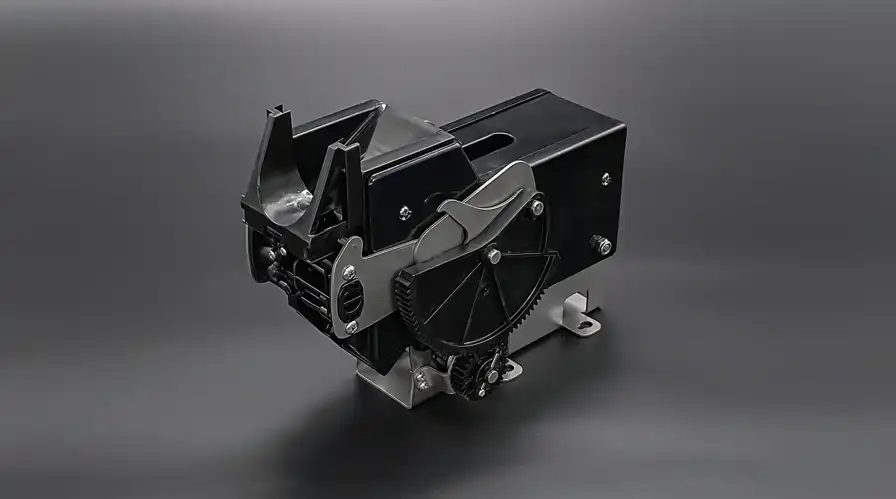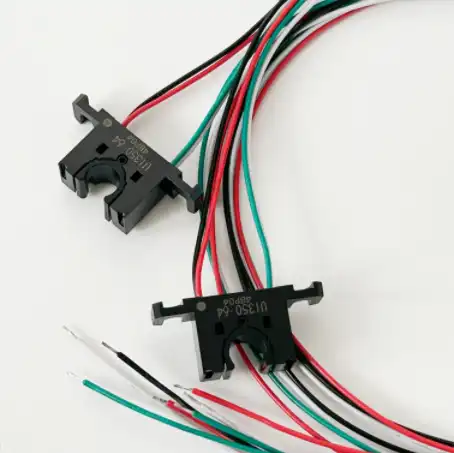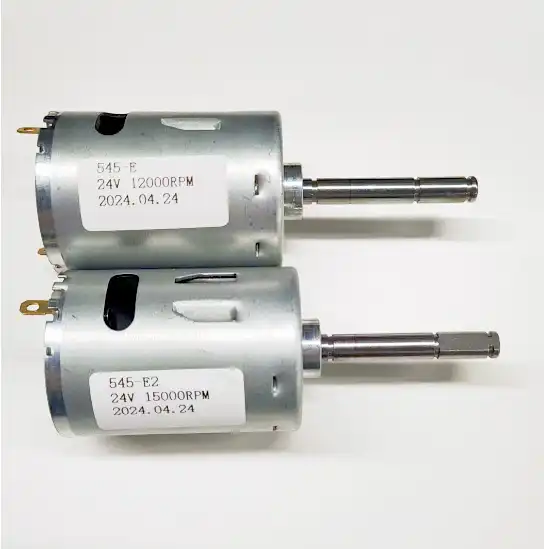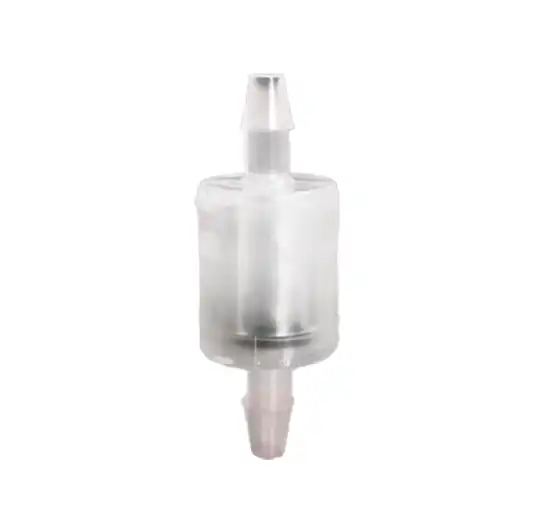What is the coffee capacity of the coffee brewing Unit?
2024-08-26 10:28:34
The coffee capacity of a coffee brewing unit refers to the amount of coffee grounds that the unit can effectively process in a single brewing cycle. This capacity is a crucial factor in determining the overall performance and efficiency of a coffee machine. It directly influences the strength, flavor, and volume of the coffee produced.
Coffee capacity is typically measured in grams or ounces, depending on the manufacturer and the region. For instance, in many European countries and in scientific contexts, grams are the preferred unit of measurement. In contrast, ounces are more commonly used in the United States. Regardless of the unit, the coffee capacity represents the optimal amount of coffee grounds that the brewing unit is designed to handle for the best results.
Understanding the coffee capacity of a brewing unit is essential for several reasons. Firstly, it helps users achieve consistency in their coffee brewing. By knowing the exact capacity, coffee enthusiasts can measure the right amount of grounds each time, ensuring a similar taste profile across brews. Secondly, it aids in proper machine maintenance. Using the correct amount of coffee prevents overloading the unit, which could lead to clogs or damage. Lastly, it's crucial for efficiency, especially in commercial settings where precise measurements can significantly impact costs and customer satisfaction.

Influencing factors
Several factors influence the coffee capacity of a brewing unit. One of the primary considerations is the brewing method employed. Different brewing techniques require varying amounts of coffee grounds to achieve the desired strength and flavor profile.
For instance, espresso machines typically have a smaller coffee capacity compared to drip coffee makers. This is because espresso is a concentrated form of coffee, requiring finely ground beans and high pressure for extraction. A typical espresso shot might use between 7 to 9 grams of coffee, while a double shot could use 14 to 18 grams. In contrast, a standard 12-cup drip coffee maker might use anywhere from 60 to 90 grams of coffee grounds.
The required coffee production is another crucial factor. Commercial coffee machines designed for high-volume output naturally have larger coffee capacities than household machines. A café or restaurant might need a machine that can handle hundreds of grams of coffee per hour, while a home user might be satisfied with a machine that can process 30-60 grams at a time.
The grind size and extraction rate of coffee beans also play a significant role in determining the optimal coffee capacity. Finely ground coffee, such as that used for espresso, packs more densely and requires less volume in the brewing unit. Conversely, coarser grinds used for methods like French press occupy more space. The extraction rate, which refers to how efficiently the water extracts flavor compounds from the coffee, can also influence capacity. More efficient extraction might allow for a smaller coffee capacity while still producing a flavorful brew.
It's worth noting that the relationship between coffee capacity and water volume is crucial. Most brewing methods follow a general rule of using about 1 to 2 tablespoons (7 to 14 grams) of ground coffee per 6 ounces (177 ml) of water. However, this ratio can vary based on personal preference and specific brewing methods.
Coffee capacity of different types of coffee brewing units
The coffee capacity can vary significantly across different types of coffee brewing units. Here's a comparison of typical coffee capacity ranges for various brewing methods and equipment:
1. Espresso Machines: These typically have a coffee capacity of 7 to 20 grams per shot. Single shots usually use 7-9 grams, while double shots can use up to 18-20 grams. Some commercial machines with larger portafilters can accommodate even more.
2. Drip Coffee Makers: The capacity can range widely based on the size of the machine. A typical 12-cup drip coffee maker might have a capacity of 60 to 90 grams. Smaller 4-cup makers might use 20 to 30 grams.
3. French Press: The coffee capacity depends on the size of the press. A standard 8-cup (34 oz) French press might use 56 to 64 grams of coarsely ground coffee.
4. Pour-Over Brewers: These can vary, but a typical range might be 15 to 30 grams for a single cup brew.
5. Automatic Espresso Machines: These often have adjustable coffee capacities, typically ranging from 7 to 14 grams per cup.
6. Cold Brew Systems: Due to the long steeping time, these often use a higher coffee-to-water ratio. A typical 1-liter cold brew maker might use 70 to 100 grams of coffee.
7. Siphon Brewers: These typically use about 25 grams of coffee for a 3-cup brew.
8. Commercial Batch Brewers: These can have large capacities, often able to handle 100 to 500 grams of coffee per brew cycle, depending on the model and intended output.
It's important to note that these are general ranges, and specific models may fall outside these typical capacities. Additionally, many modern machines, especially in the prosumer and commercial categories, offer adjustable coffee capacities to cater to different preferences and brewing needs.
Coffee brewing Unit manufacturers
Topping Motor alia has more than 10 years of experience and Capacity of coffee: 8-20g. If you are choosing your coffee brewing Unit manufacturers, welcome to contact us at sales@huan-tai.org.
When selecting a coffee brewing unit manufacturer, consider factors such as the intended use (home or commercial), preferred brewing method, desired coffee output, and flexibility in coffee capacity. It's also important to consider the overall build quality, reliability, and after-sales support offered by the manufacturer.
References
1. Illy, A., & Viani, R. (2005). Espresso Coffee: The Science of Quality. Academic Press.
2. Specialty Coffee Association. (2018). Brewing Control Chart.
3. Lingle, T. R. (2011). The Coffee Brewing Handbook. Specialty Coffee Association of America.
4. Petracco, M. (2001). Technology IV: Beverage preparation: brewing trends for the new millennium. In R. J. Clarke & O. G. Vitzthum (Eds.), Coffee: Recent Developments. Blackwell Science.
5. National Coffee Association USA. (2021). How to Brew Coffee.
6. Espresso Machine Buying Guide. Seattle Coffee Gear.
Send Inquiry
Related Industry Knowledge
- How does a Vending Coffee Machine Water Tank work?
- How to deal with Vending machine cup dispenser empty?
- What Role Does Boiler Material Play in Coffee Taste?
- Vending machine touch screen interface
- Do vending machines have cameras
- Coffee grounds sieve uses
- How Does Coffee Vending Machine Ingredient Canisters Design Affect Coffee Flavor?
- What technologies are involved in upgrading the Vending Machine Board?
- What is the mechanism of coffee vending machine?
- What is a Vending Coffee Machine Water Tank?

.webp)

.webp)


.webp)



